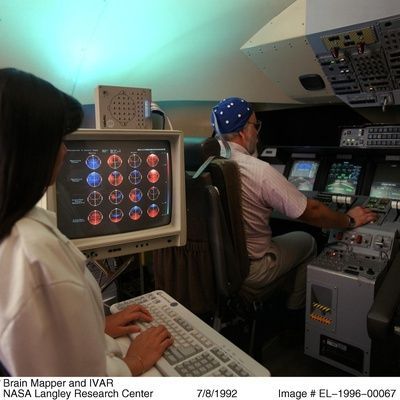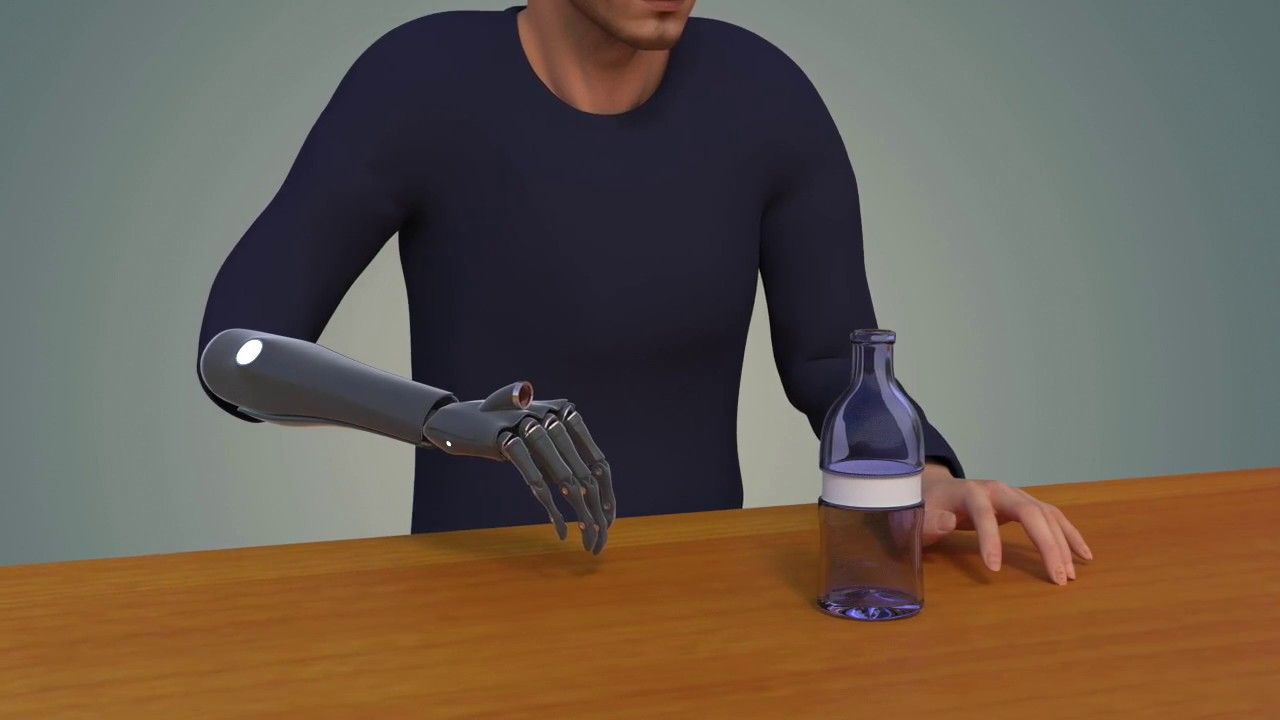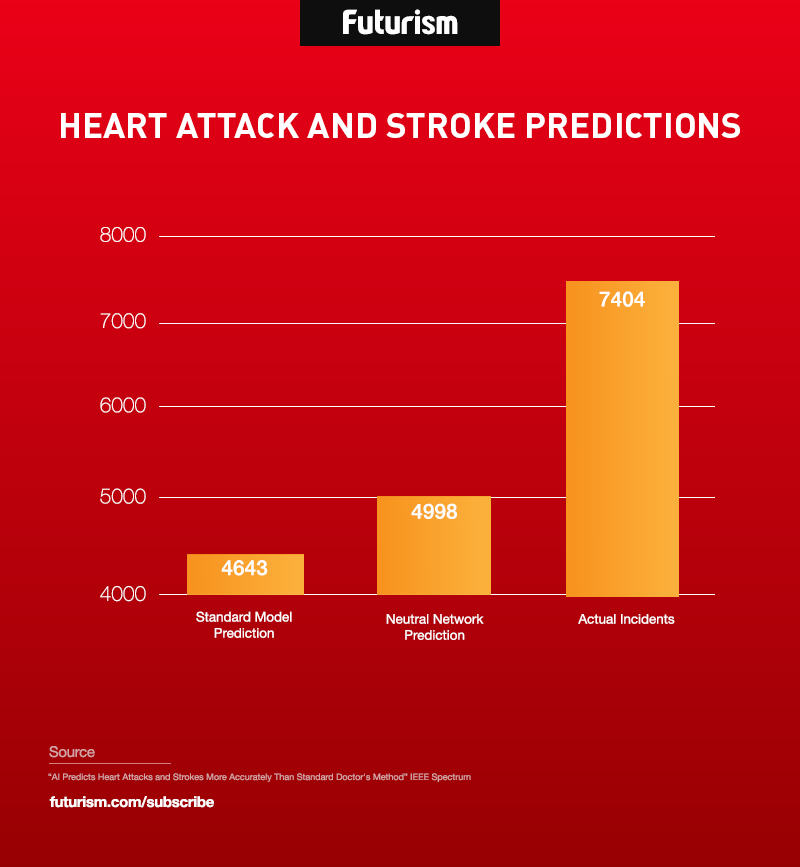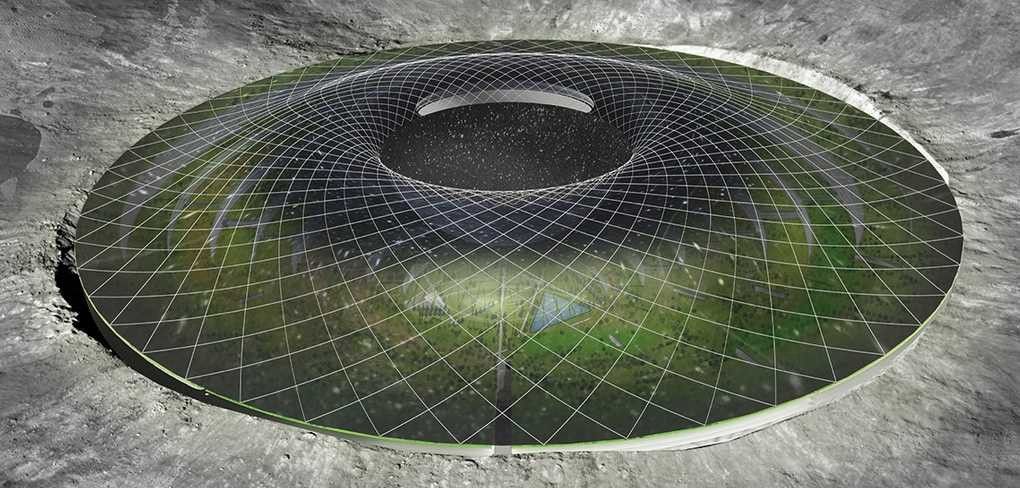China electricity output from photovoltaic plants rose 80 per cent in the first quarter after the world’s biggest solar power market increased installed capacity.
Solar power generation rose to 21.4 billion kilowatt-hours in the three months ending 31 March from a year earlier, the National Energy Administration said on Thursday in a statement on its website. China added 7.21 gigawatts of solar power during the period, boosting its total installed capacity to almost 85 gigawatts, the NEA said.
The power-generation increase comes even as more solar plants stand idle because of congested transmission infrastructure. China idled about 2.3 billion kilowatt-hours of solar power in the first quarter, up from 1.9 billion kilowatt-hours a year earlier, according to the NEA data.











 Researches successfully avoided brain-damaging blood loss while the donor head was being attached to the recipient rat.
Researches successfully avoided brain-damaging blood loss while the donor head was being attached to the recipient rat.